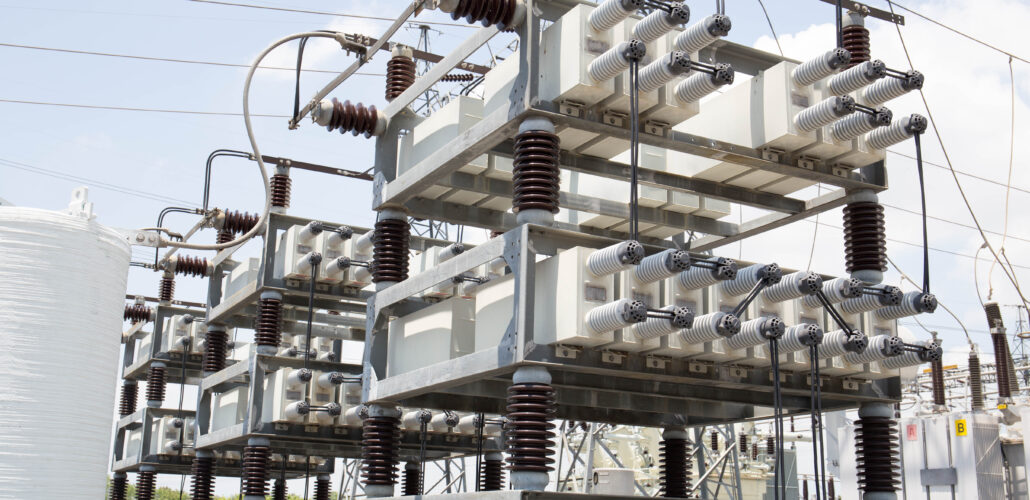Supercharging Energy Storage with Supercapacitors
Research yields insights on ion flow dynamics and pore connectivity.

Image for illustration purposes.
Supercapacitors are poised to revolutionise the way we store and access energy.
Limitations of Traditional Batteries
Traditional battery technologies, such as lithium-ion, have served well, but they come with limitations: they can be slow to charge, have a limited lifespan, and can be prone to safety issues, especially when pushed to their limits.
The Rise of Supercapacitors
Supercapacitors, on the other hand, offer a unique solution to these problems. These energy storage devices are capable of charging and discharging much faster than batteries, while also boasting a significantly longer lifespan. This makes them an attractive option for a wide range of applications, from electric vehicles to renewable energy storage.
Exploiting the Laws of Physics
However, the true potential of supercapacitors lies in their ability to push the boundaries of what’s possible. Researchers have been exploring ways to unlock even greater performance from these devices.
One such approach involves manipulating the flow of ions within the supercapacitor’s structure. By carefully engineering the materials and the device’s architecture, scientists have been able to increase the rate at which ions can move, leading to faster charging and discharging capabilities.
Towards a Sustainable Future
The implications of these advancements are far-reaching. Faster-charging supercapacitors could pave the way for electric vehicles that can be recharged in a matter of minutes, rather than hours. They could also revolutionise the way we store and distribute renewable energy, making it more accessible and reliable.
Moreover, the long lifespan of supercapacitors means that they can be used in applications where traditional batteries would quickly wear out, reducing the need for frequent replacements and minimising waste.
Source: EEPower
#charging speed#electric vehicles#electrochemistry#energy density#energy efficiency#energy storage#ion flow#lifespan#lithium-ion batteries#material engineering#materials#nanotechnology#power density#renewable energy#safety#supercapacitors#sustainable future#waste reduction



